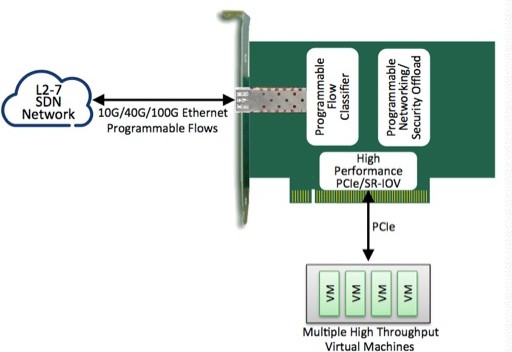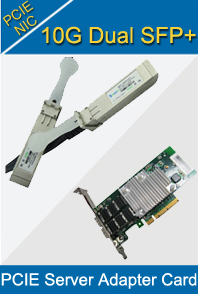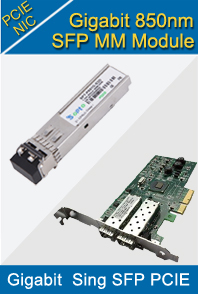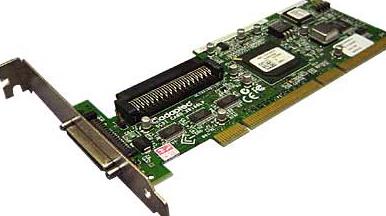-

- Sopto Home
-

- Special Topic
-

- PCI-E Card Knowledge
-

- How PCI Works
PCI-E Card Knowledge
- Info about Network Interface Card Teaming
- How to Setup a Server with Multiple Network Interface Adapters?
- How to Reconnect an Internet Network Adapter for an Acer Aspire?
- 9 Things to Do When Your Internal Network Card Stops Working
- Ethernet Standards NIC for Home Networking
- What Is a Network Interface Adapter?
- How to Configure a Network Interface Card in Linux?
- How should Configure Your NIC for ISA and TMG?
- Recommended Network Card Configuration for Forefront UAG Servers
SOPTO Special Topic
Certificate



Guarantee
Except products belongs to Bargain Shop section, all products are warranted by SOPTO only to purchasers for resale or for use in business or original equipment manufacturer, against defects in workmanship or materials under normal use (consumables, normal tear and wear excluded) for one year after date of purchase from SOPTO, unless otherwise stated...
Return Policies
Defective products will be accepted for exchange, at our discretion, within 14 days from receipt. Buyer might be requested to return the defective products to SOPTO for verification or authorized service location, as SOPTO designated, shipping costs prepaid. .....
Applications

PCI-E NIC Cards provide redundant connectivity to ensure an uninterrupted network connection.
PCI-E NIC Cards are ideal for VM environments with multiple operating systems, requiring shared or dedicated NICs.
They are specially designed for desktop PC clients, servers, and workstations with few PCI Express slots available.
SOPTO Products
- Fiber Optic Transceiver Module
- High Speed Cable
- Fiber Optical Cable
- Fiber Optical Patch Cords
- Splitter CWDM DWDM
- PON Solution
- FTTH Box ODF Closure
- PCI-E Network Card
- Network Cables
- Fiber Optical Adapter
- Fiber Optical Attenuator
- Fiber Media Converter
- PDH Multiplexers
- Protocol Converter
- Digital Video Multiplexer
- Fiber Optical Tools
- Compatible
Related Products
Performance Feature
PCI-E Card Knowledge
Recommended


How PCI Works
The power and speed of computer components has increased at a steady rate since desktop computers were first developed decades ago. Software makers create new applications capable of utilizing the latest advances in processor speed and hard drive capacity, while hardware makers rush to improve components and design new technologies to keep up with the demands of high-end software.
There's one element, however, that often escapes notice - the bus. Essentially, a bus is a channel or path between the components in a computer. Having a high-speed bus is as important as having a good transmission in a car. If you have a 700-horsepower engine combined with a cheap transmission, you can't get all that power to the road. There are many different types of buses.
The idea of a bus is simple -- it lets you connect components to the computer's processor. Some of the components that you might want to connect include hard disks, memory, sound systems, video systems and so on. For example, to see what your computer is doing, you normally use a CRT or LCD screen. You need special hardware to drive the screen, so the screen is driven by a graphics card. A graphics card is a small printed circuit board designed to plug into the bus. The graphics card talks to the processor using the computer's bus as a communication path.

The advantage of a bus is that it makes parts more interchangeable. If you want to get a better graphics card, you simply unplug the old card from the bus and plug in a new one. If you want two monitors on your computer, you plug two graphics cards into the bus. And so on.
You May Want to Know:
What's driving the future of PCIe?



